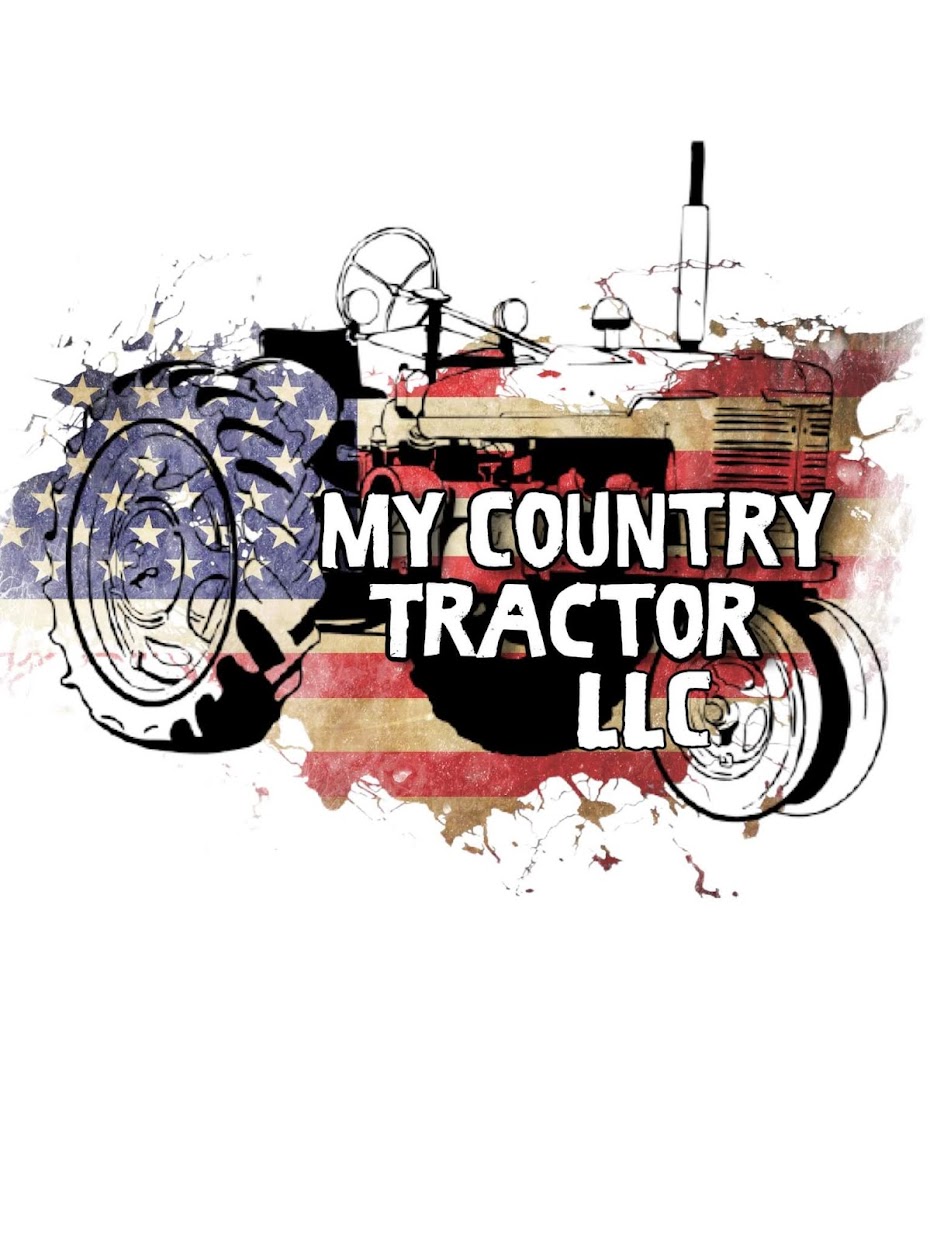With an increase in the number of small acreage landowners, I am often contacted about potential profitable enterprises for small operations. Several questions must be addressed before a landowner can make the decision of what enterprise will be most profitable and best suited for their land. Both feasibility and owner preference must be determined before a plan can start to take shape. To get a better understanding, let's look at the questions that must be addressed prior to crop selection.
If the producer wants to maximize the potential profitability of his land, he may decide to plant horticultural crops. To determine the type of crops that can be planted, the soil type will be assessed. Fertility and internal drainage are the most important factors of soil type. To determine internal drainage, a simple perk test must be performed. To do a perk test, simply dig a hole 30 inches deep, fill it full of water and allow it to drain out. Refill and monitor length of drainage the second time. These results will tell you the available soil for crop growth. Available soil is the water level in inches that has been drained in a given time.
Next, take a soil sample to determine nutrient values and pH of the soil. This can become extremely important especially with the increase in the cost of fertilizer. For example, if a soil is low in phosphorus, it will require fertilization and this may not be economically justifiable.
Water quality and availability should then be addressed. A sample should be taken from the source to determine if the water quality is sufficient for irrigation. For a successful enterprise, irrigation is crucial. Without water, quality of crops and survivability of plants can become an issue. When analyzing water, sodium concentration is the most important factor in determining irrigation water quality.
Once water quality and quantity are established, the amount of time available for management of the enterprise and the maximum investment that can be put into the operation must be established. Crops require a great amount of intensive labor. If a producer does not have the time to spend working on his enterprise, labor must be contracted. Each crop will require a different amount of labor, so needs will be based upon final selection of crop type. The amount of investment will be great on most horticulture crops. Due to the number of plants that will be planted in an area and the upkeep required per plant, investment can quickly become substantial.
Now that our initial questions have been answered, it is time to determine the crop to be grown. The producer will now know which crops can be grown and their preference will be the deciding factor. If you are looking at a new site to potentially grow crops, I strongly encourage you to address all of these questions before purchasing the property. You can find this and past articles on the web at www.mycountrytractor.blogspot.com for your reference. Extension programs serve of all ages regardless of socioeconomic level, race, color, sex, religion, disability, or national origin. The Texas A&M University System, U.S. Department of Agriculture, and the County Commissioners Courts of Texas Cooperatings serve of all ages regardless of socioeconomic level, race, color, sex, religion, disability, or national origin. The Texas A&M University System, U.S. Department of Agriculture, and the County Commissioners Courts of Texas Cooperating
Thank you,
Tommy Neyland
County Extension Agent
Texas Agrilife Extension Service
P.O. Box 188
Centerville, Texas 75833
903.536.2531 phone
903.536.3804 fax

No comments:
Post a Comment